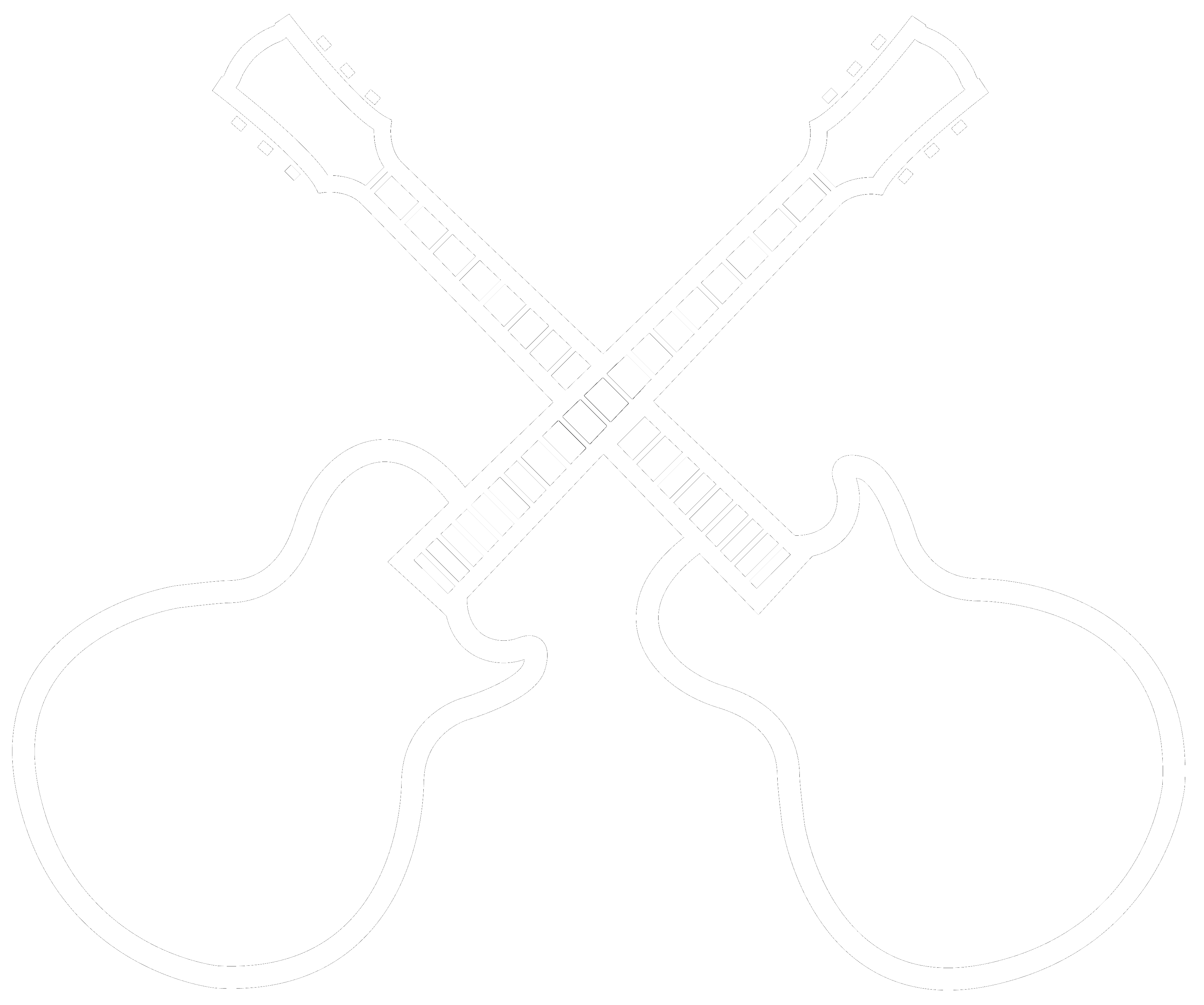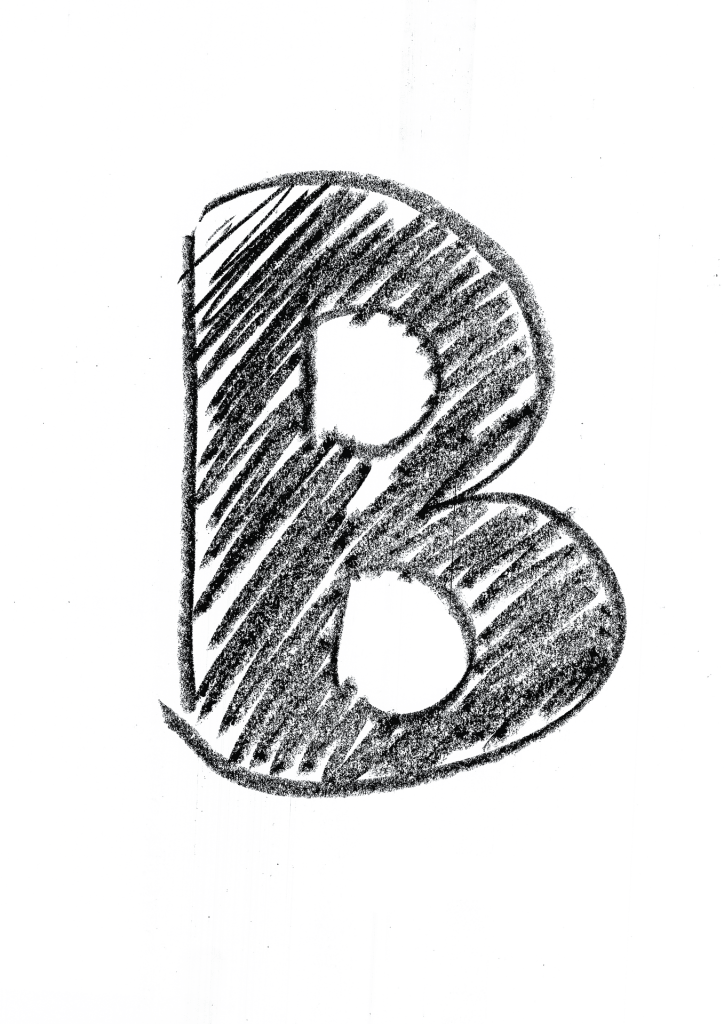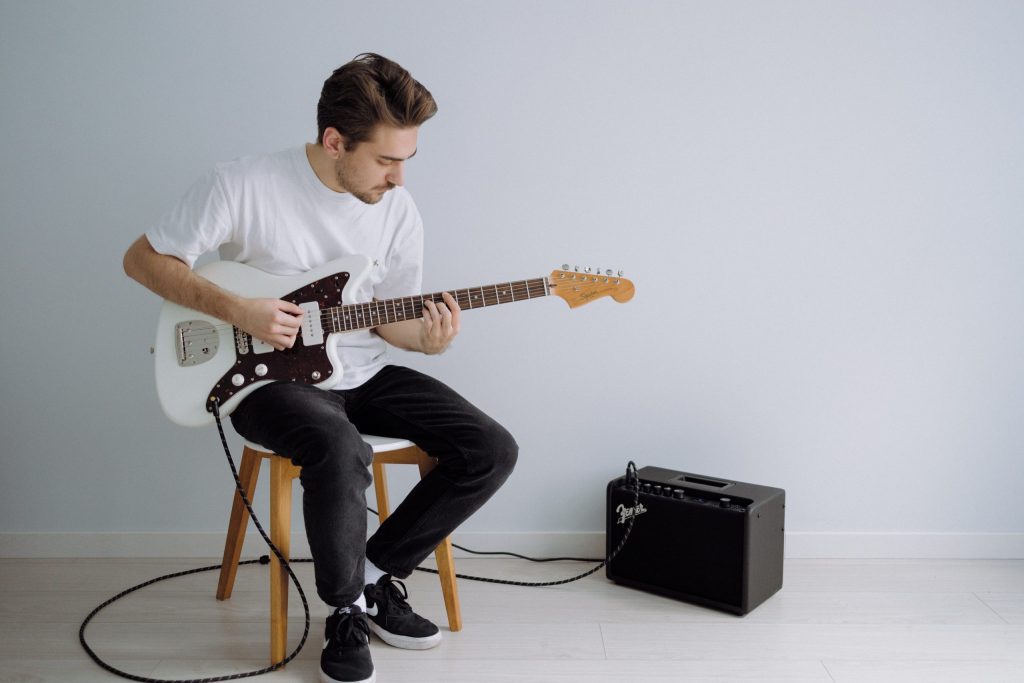The Guitarist Journey

Learning the guitar is quite different to any other musical instrument. Guitarists seem to think and operate differently to the vast majority of musicians, which is due to the nature of the instrument and also to the kind of people who are attracted to learning the instrument.
The whole process of learning the guitar is a long journey. There are plenty of ups and downs along the way and I can speak from my own personal experience that there were times where I wasn’t very enthusiastic about practicing. This is bound to happen to all students at some point and not only is it completely normal – it’s to be expected. But the main point to understand here is that there is only thing that stops a student from succeeding – giving up.
Imagine a roller coaster that goes up and going repeatedly. As long as a passenger stays on throughout the “low” periods, they’ll reach the peaks. But if they get off during a low period, it’s often the end of their journey.
As long as a guitarist keeps on trying, they will succeed.
A Big Tip!
There will be initial enthusiasm meaning students are likely practice on their own accord. This typically lasts a few weeks and then practice will most likely dwindle down. If we can establish a habitual routine early on, then this will help students push through this phase.
What Are Some Of The Differences?
- Many professional guitarists don’t know how to read any music – and don’t have any desire to learn it.
- Guitarists are typically easily influenced by their enjoyment of the song they’re learning. If they don’t love the song, they simply don’t care.
- Reading music notation and understanding theory are often difficult concepts for guitarists to learn because it is so separate to the nature of the instrument. The best approach is usually to teach someone how to play, then eventually they’ll start asking questions about why we play that way – this is the best point to look at theory and notation.
- Most guitarists learn best by watching and copying someone else play.
- Guitarists OBSESS over musical gear.
- There are many styles and avenues of playing, such as techniques employed, musical genre and effects.
How Does This Affect Their Learning?
Most instrumental tuition starts with music notation and it’s their primary tool for knowing what to play. But the vast majority of guitarists use tablature and other methods, especially for beginner to intermediate players. Guitarists tend to work by memorising songs and visually copying other players. This kind of enthusiasm is great, but getting guitarists to work on their sight reading is very difficult because most people find it boring – and they’re partially right. Even basic sight reading pieces are quite difficult on the guitar, especially when compared to the piano.
So guitarists should do whatever is necessary to get them underway on the guitar. This might be solely memorising their songs, reading from guitar tablature or even just watching videos of their tutor playing their songs. The main aspect here is to get them playing as much as possible – even if it’s just the same song over and over again.
The Bottom Line...
As long as a guitar student keeps on moving forward in their journey, they will succeed.





Responses